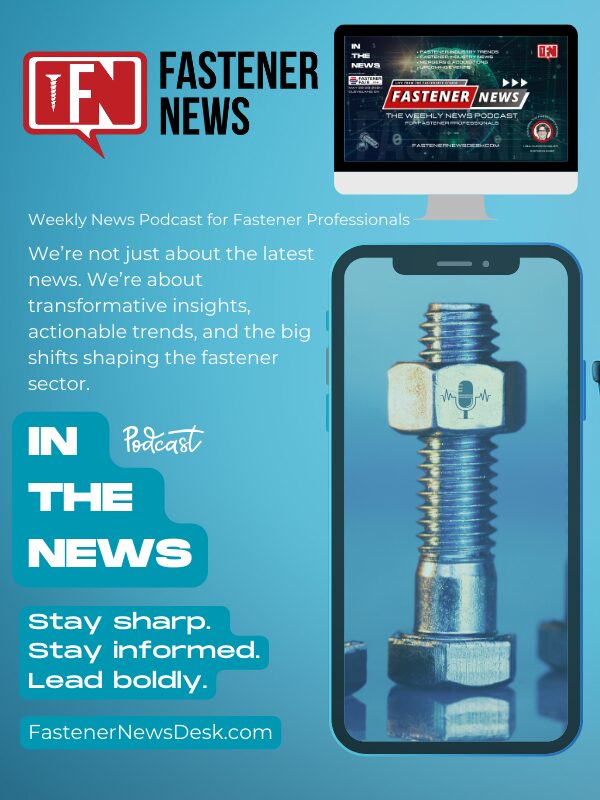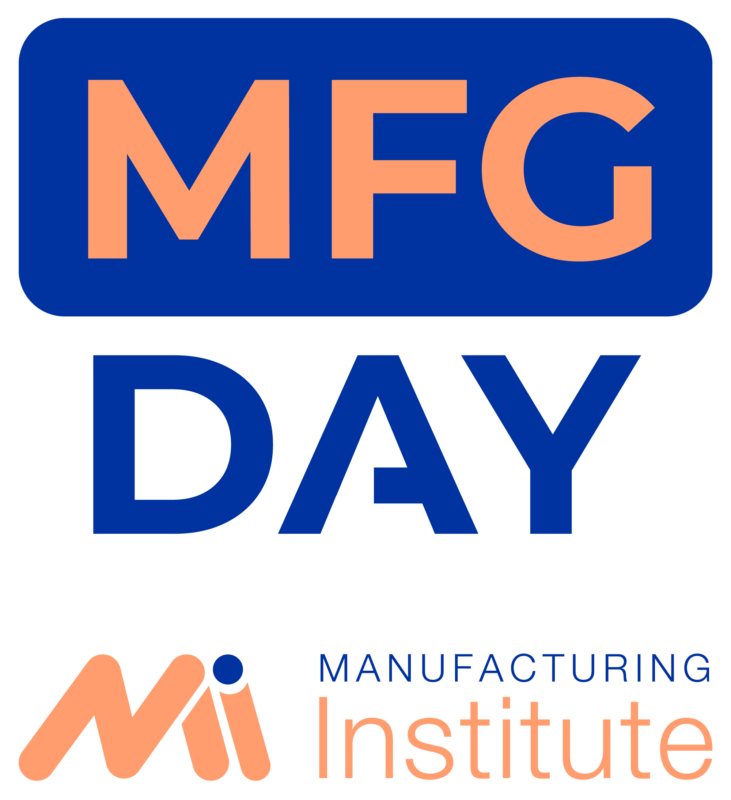Fasteners are often talked about through the eyes of manufacturing and construction, but fasteners also play an integral role in medicine. Just like with machinery and building, when parts of the body are broken, they need fasteners to hold them together. Here are some interesting stories on fasteners in medicine that might interest you. Below are the highlighted key points of each article. You can view more on the stories by clicking the links after each paragraph.
The Bioceramic Screw
When individuals have bone fractures, sometimes screws are required for recovery. Usually, these injuries are set in place by using titanium or steel components. When healing has completed, patients may end up with metal still in their bodies. Often, surgery is required to remove these remaining components, otherwise patients will experience inflammation and discomfort. To combat these issues, a bioceramic implant screw, dubbed a “scrail,” has been made to resemble the composition of bone. The Fraunhofer Institute for Manufacturing Technology and Advanced Materials IFAM partnered with the university hospitals of Giessen-Marburg and Bonn and the University of Bremen to develop the scrail. Made of calcium phosphate and hydroxyapatite, this new screw is inserted through careful hammering. Hammering rather than twisting into place reduces potential damage to bones and tendons. Furthermore, it does not require surgery to be removed. Instead, it integrates into the bone over time.
Read More Here
Spine Implant Approved by the FDA
This week, the Food and Drug Association approved for Oakdale-based Spineology Inc. to send their spine implants around the nation. The Rampart One Anterior Lumbar Interbody Fusion (ALIF) System screws into the lumbar section of the spine, giving patients additional support for lumbar degenerative disc disease as well as other conditions. Due to several advancements in this new tool, incisions are done differently and their sizes are reduced.
Read More Here
Biodegradable Screws Vs Metallic Screws
An anterior cruciate ligament injury (ACL) can be quite uncomfortable, resulting in limited motion, swelling, and pain. If a patient requires reconstruction surgery, their ACL must be replaced by using a tissue graft. The issue is taken from another part of the patient’s body and secured into place on the tibia and femur. After several months, a new ligament will grow. Titanium screws are usually used for these types of procedures, but biodegradable screws are on the rise. These biodegradable screws have the ability to disintegrate into the body.
Biodegradable screws seem like good options, but they tend to be more expensive. Functional comparisons between the two types of screws showed little difference. Additionally, study participants reported similar movement capabilities for both the metallic screws and the biodegradable screws. However, biodegradable screws resulted in more breakages and failures during placement and rupturing of the graft. Ultimately, both options work but several factors, such as age and financial capabilities, must be taken into consideration.
Read More Here

















